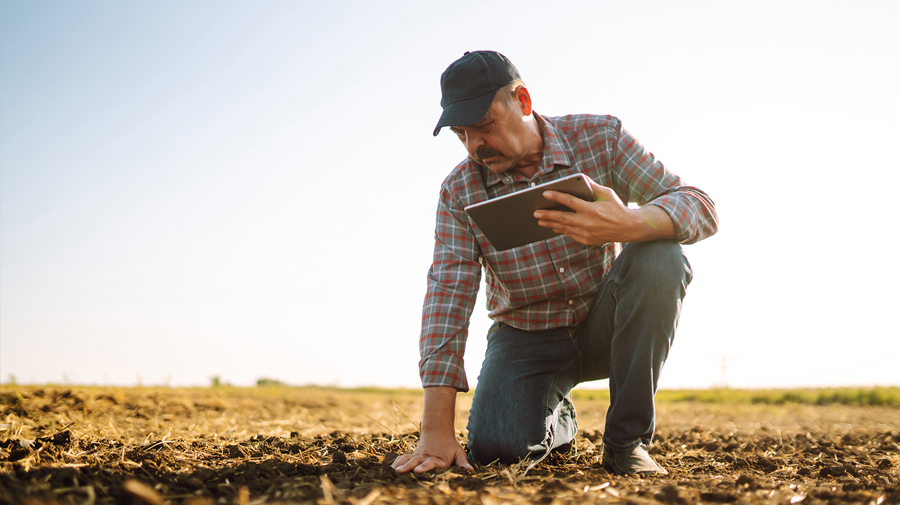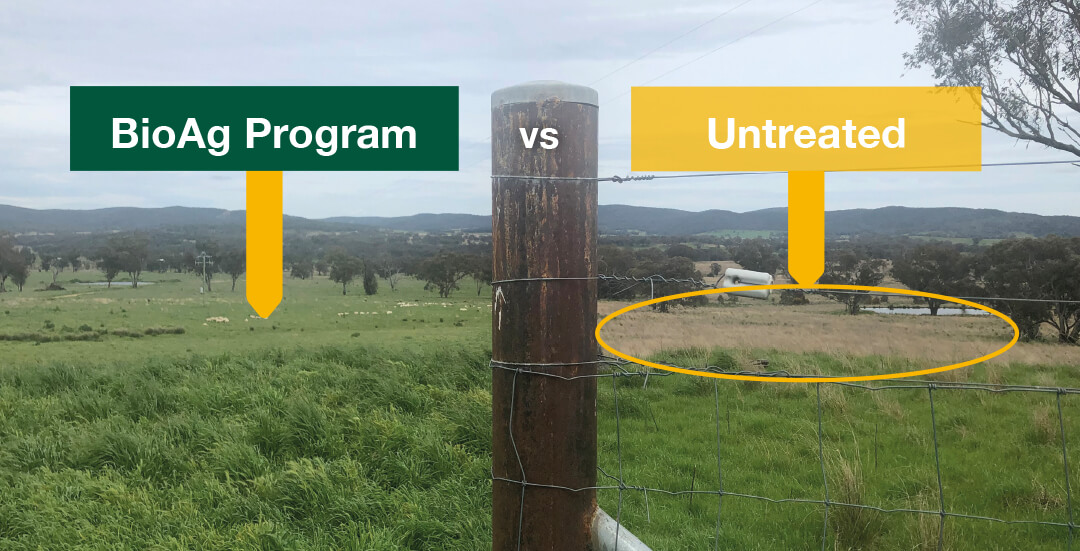
Latest
News
“To fertilise or not?” That is the question.
And the answer – you will wish you had when it rains.

There is no doubt that making the decision about buying and applying fertiliser is difficult right now. El Niño has officially been declared, signalling hot dry conditions ahead…again. Farm input costs are up, and livestock prices are down. But as history has shown, the rains will return, and market prices will rebound.
When times are tough, how you manage through is as important as how you make the most of opportunities when they occur. For any pasture operation, this means getting the most and best quality feed growth from every rain event.
‘Every drop counts’ as does ‘every blade of grass’ in challenging times. The value of hay, silage and farm produce only seems to go up when it is dry. To get the most from any rain event, fertile soils are required. Turning every millimetre of rainfall into plant growth is multiplied when soils are fertile.
How fertile are your soils
You may assume your soils are okay as you have prepared them the same as previous years, or only missed one season. However one good growing season can extract a lot of nutrients from soil, depleting fertility. Some regions have had 3 good-to-wet seasons resulting in visibly ‘tired’ paddocks due to good crops, significant grazing, and leaching and runoff losses.
The most accurate way to determine any living thing’s health level, including your own or your soil, is to test. Most of us have blood tests to measure our health, so too analysing your soil via a comprehensive annual soil test is just as important. Accurate soil analysis means you will only apply what the soil needs, rather than wasting money or risking further soil imbalances by applying nutrients the soil does not require.
Smart fertilisers
History has shown that after long dry periods, major rain events that follow can cause significant damage and loss of soil fertility due to binding (tie-up in acidic soils), leaching or runoff. So if you are going to put the work and investment into soil fertility, choose wisely and use fertilisers that are less susceptible to those types of losses.
BioAg’s BioAgPhos® is a high-grade reactive phosphate rock, composted with a proprietary phosphate digester. By replacing water solubility with microbial digestion, nutrient lock-up and leaching losses are negated. BioAgPhos can be spread at any time of the year, not just before a predicted rain event. It is ideal for both an immediate and long-term phosphorus (P) source, designed to work over 2 years with little to no loss pathways. BioAgPhos has 30% immediate plantavailable P, while the remainder is released over the next 1 to 2 years. It will also help build background levels of P in the soil and contribute to neutralising, due to the calcium content and natural alkalinity.
Plan to be ready
Soils are an ecosystem, alive with living organisms including worms, fungi, insects, bacteria, as well as minerals and organic matter. Nutrients in soil need to be in balance if the soil is to be fertile, ready to support plant growth.
Check your soil fertility to establish a benchmark analysis, build fertility and rebalance nutrients if required so that your soil is ready to support and maximise plant growth when it rains, making the most of every millimetre of rainfall.
To make the most of any rain – soil fertility is key.
Biennial benefits
If BioAgPhos is on the ground, you know it will start working and be available for any rain event, and you get more P for your money as 100% of the P becomes available over time. The P is also not degraded by small rain events, unlike for synthetic fertilisers where even a small amount of rain can see all the P locked-up in an antagonistic soil. For BioAgPhos, the crop or pasture will only use the P it needs to support growth across multiple smaller rain events. Whether it takes 2 or 4 years for significant rains, BioAgPhos will be on the ground ready to supply plants with the P they require.
Given the sustained release nature of P, BioAgPhos can be efficiently applied every second year, and we have many customers doing just that. It can be blended with other soil nutrient additions your soil may require, providing significant savings on spreading costs and your time.
Beef producers, Jamie and Virginia Bond near Tooma NSW have traditionally applied BioAgPhos to half of their farm each year, rotating application annually over each half of the farm. This has allowed high production levels to be maintained without depleting their soil reserves; improved soil health and carrying capacity; and significantly increasing the organic matter over the past 20 years which is critical in improving soil water holding capacity.
Consistent biennial BioAgPhos application over the years, has also improved the base levels of Phosphorous and Calcium allowing them to look at other nutrients to further aid in soil balance and fertility. In recent times, lime and gypsum have been mixed in with BioAgPhos to increase nutrients and help reduce acidity. Trace elements like Boron and Molybdenum are also starting to be added to the Bond’s bespoke blended applications.
It is a big call in current conditions as to what to do about fertiliser application, but maintaining soil fertility will be key to taking advantage of any future rain event – unpredicted or forecasted.
By being smart with your fertiliser choice, you can balance-up the risk and concern of spending money during tough conditions, with the knowledge that your soil is ready to take advantage of any rainfall when it occurs.



Recent Comments